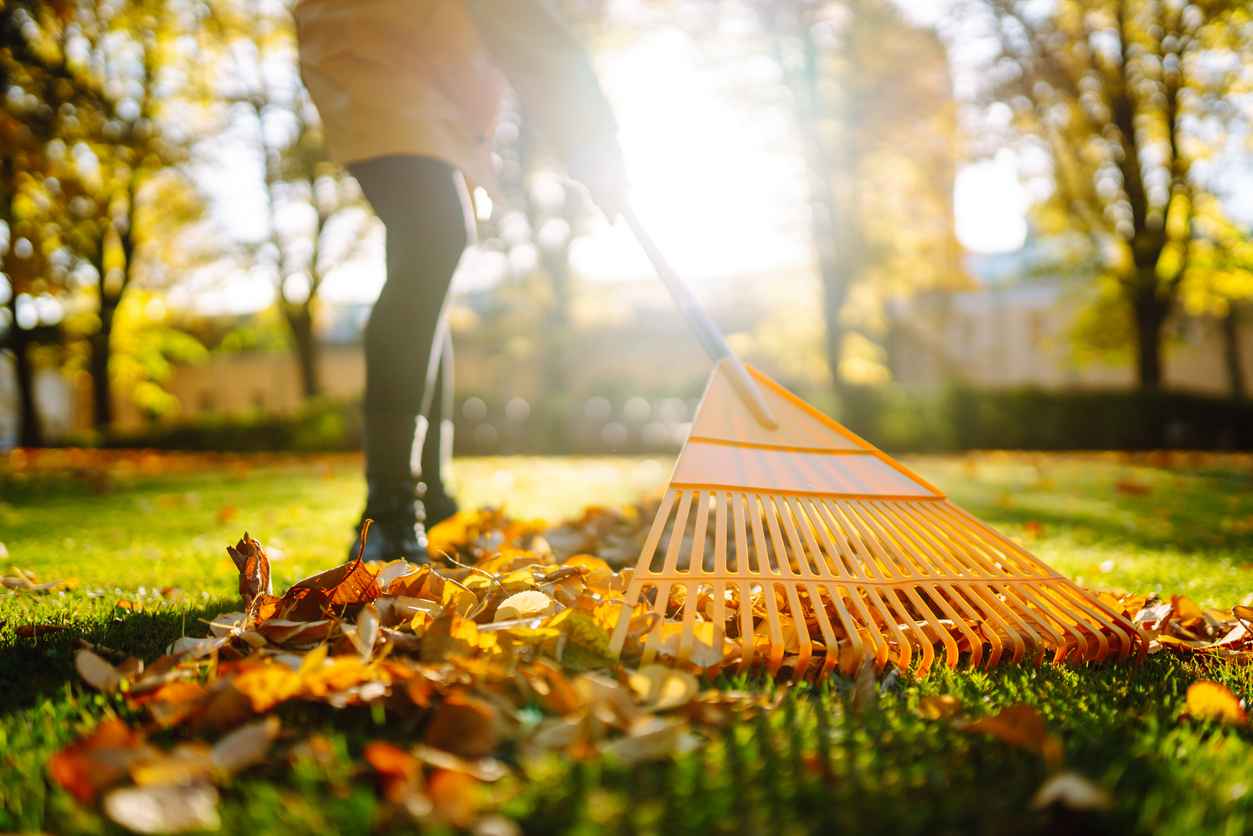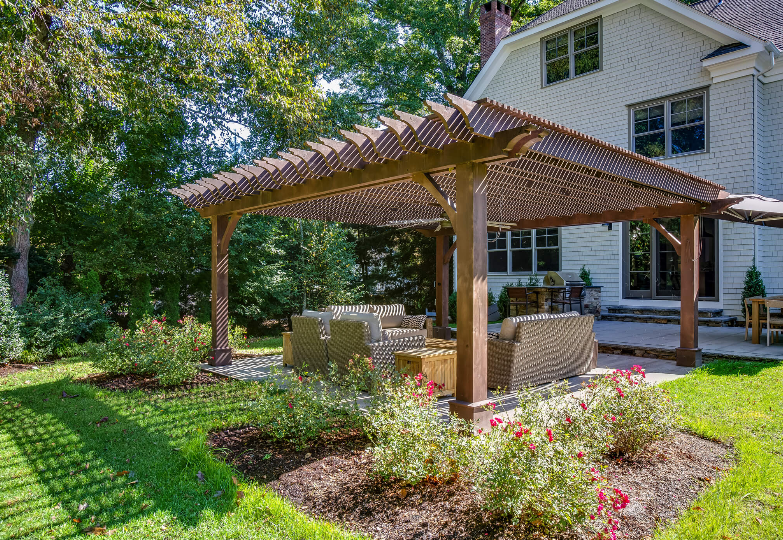
Garden Arbors and Garden Trellises Differences, Design, and Outdoor Uses
May 29, 2020
Are you thinking about adding something new to your outdoor property? Well, trellises, pergolas, and arbors are all structures you can put in your yard to add dimension and style. But each of these structures is unique, and it’s easy to mix them up. To decide what would be best for you and your yard, you’ll want to understand the differences between each:
Garden Trellises: A Sturdy Vertical Structure for Climbing Plants
Are you looking to add a vertical element to your garden? A trellis is your best option. Simply put, a trellis is a wall piece with latticework that supports vines or flowers. The plants or vines can wrap around the open spaces in the trellis and adds a visually appealing vertical element to your garden. Trellises can be attached to fences, roofs, or exterior walls of your home.
Pergolas: A Stylish and Sturdy Outdoor Structure for Shade and Privacy
If you’re more interested in getting some shade, a pergola is a great option. A pergola has columns supporting beams laid horizontally on top with open space in between the beams. Pergolas add visual appeal, some shade, and look great on patios, in gardens, and along pathways. They can be directly attached to a building to cover an open area or be freestanding over a seating area for some shade and a cool breeze. They can also be connected to trellises if you want to give a space for plants to grow through it.
Garden Arbors: A Decorative Archway for Your Pathway or Entrance
Arbors are the best choice for you if you’re looking for something smaller to define an area or entry point. Arbors are typically much smaller than trellises or pergolas and are made up of latticework walls on the side and connected at the top with an arch. Arbors are meant to feel like a tunnel and can be placed along pathways and in gardens as a visual element. They also allow a place for plants to grow through.
Contact Ambrosio Landscape Solutions Today to Enhance Your Outdoor Space with a Sturdy & Stylish Garden Arbor or Trellis
If you have any questions or are looking to incorporate any of these into your outdoor space, call Ambrosio Landscape Solutions at (203) 762-5167.
FAQ About Arbors and Trellises
What is the difference between an arbor and a trellis?
An arbor is a freestanding structure, often arch-shaped, used as a garden entrance or focal point, offering support for climbing plants. A trellis is a flat framework that supports climbing plants, typically attached to a wall or fence.
What are arbors used for?
Arbors are used to provide support for climbing plants, create shaded areas, and serve as decorative focal points in gardens and outdoor spaces.
What is a trellis?
A trellis is a framework, often made of wood or metal, that supports climbing plants like ivy or roses, allowing them to grow vertically.
What is an arbor in architecture?
In architecture, an arbor is a shaded structure in gardens or outdoor spaces, often arched and designed to support climbing plants or create a decorative entrance.
Why is it called an arbor?
The word “arbor” comes from the Latin for “tree,” reflecting its use to provide shade, similar to the canopy of a tree.
What does an arbor look like?
An arbor typically features an arch or lattice structure, made from wood or metal, and is often adorned with climbing plants.
What are arbours?
Arbours are the British equivalent of arbors, referring to a shaded garden structure, usually with climbing plants, providing a place to sit or relax.
What are the functions of an arbor?
Arbors support climbing plants, provide shade, and create decorative focal points or entrances in garden and landscape design.
What type of tool uses an arbor?
In tools, an arbor is a shaft or spindle used to hold a cutting tool, such as in saws or drills, for tasks like woodworking or metalworking.
Recent News
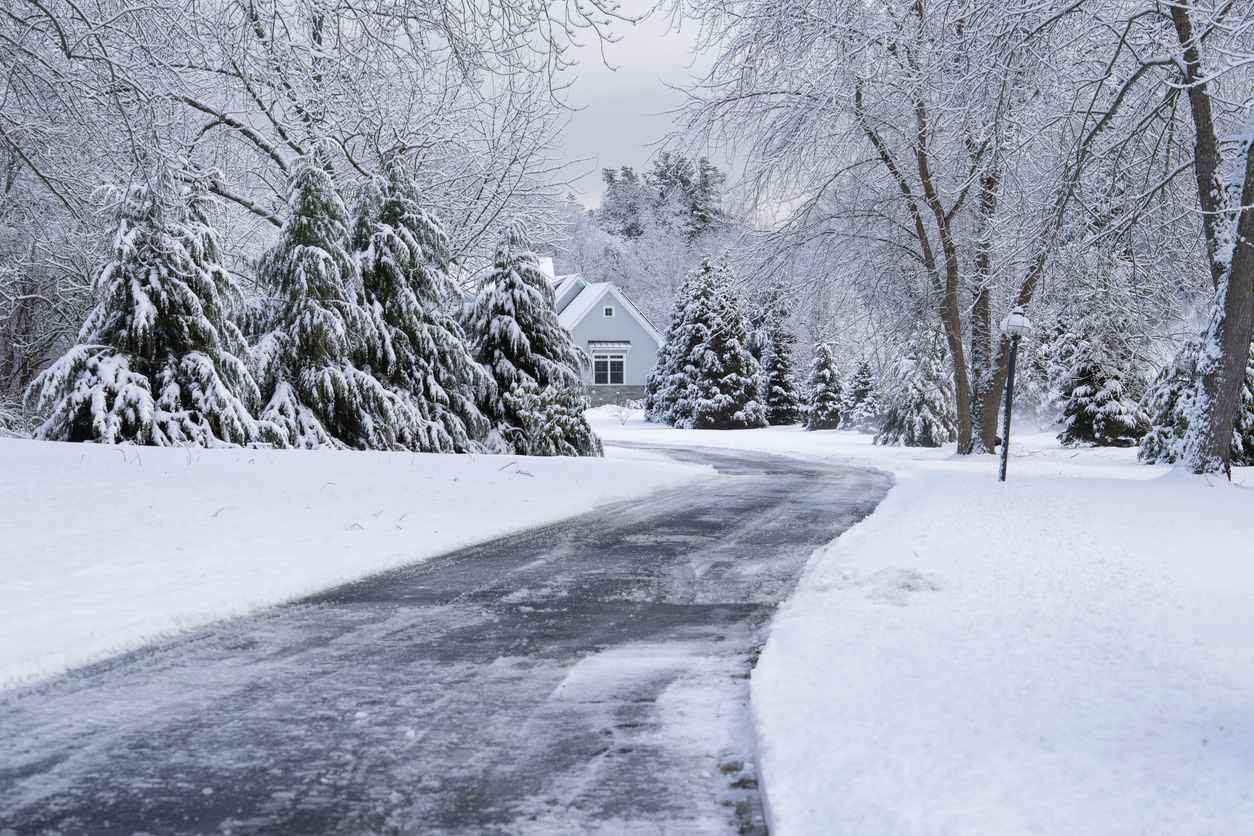
How Freeze–Thaw Cycles Impact Your Hardscape
December 31, 2025

The Best Winter Activities to Enjoy on Your Backyard Ice Rink
December 18, 2025
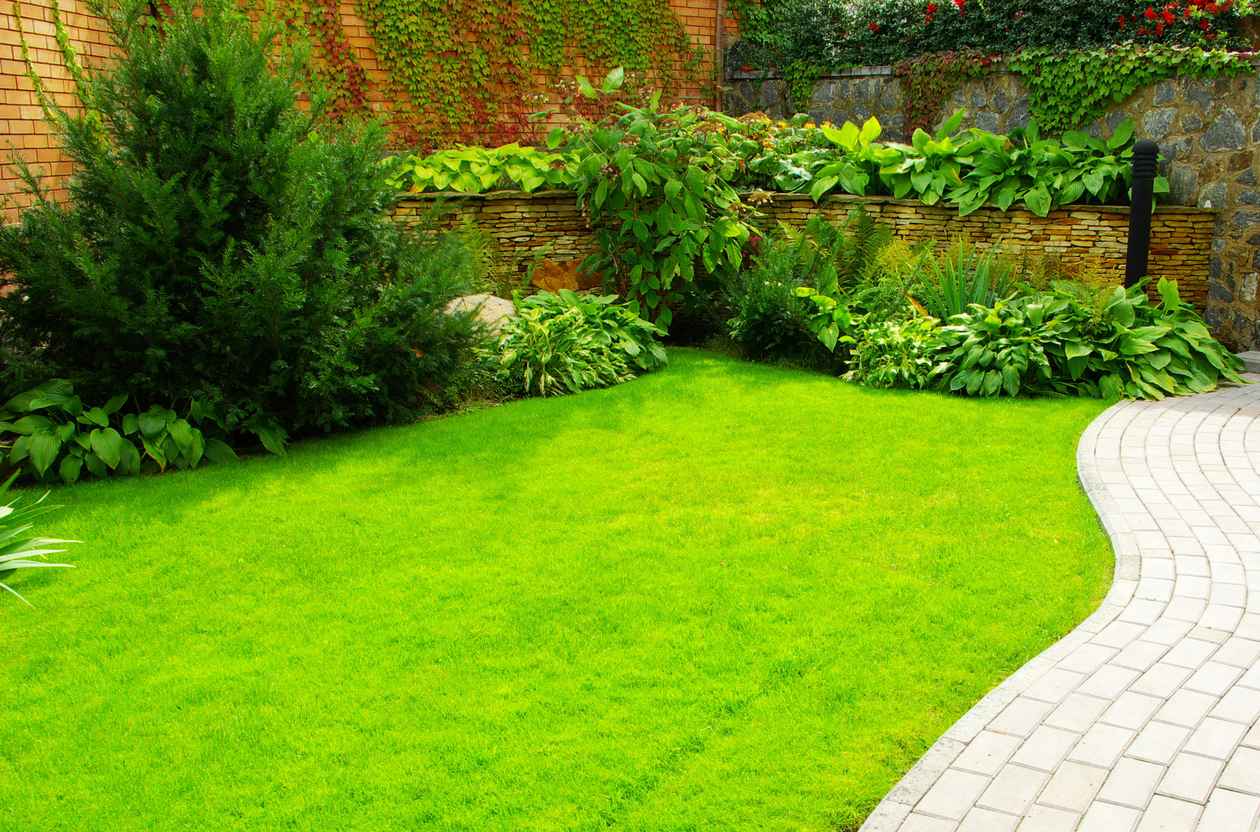
Why a Well-Maintained Landscape Adds Value Year-Round
November 20, 2025

Perennials to Plant This Fall for a Vibrant Spring Garden
November 17, 2025
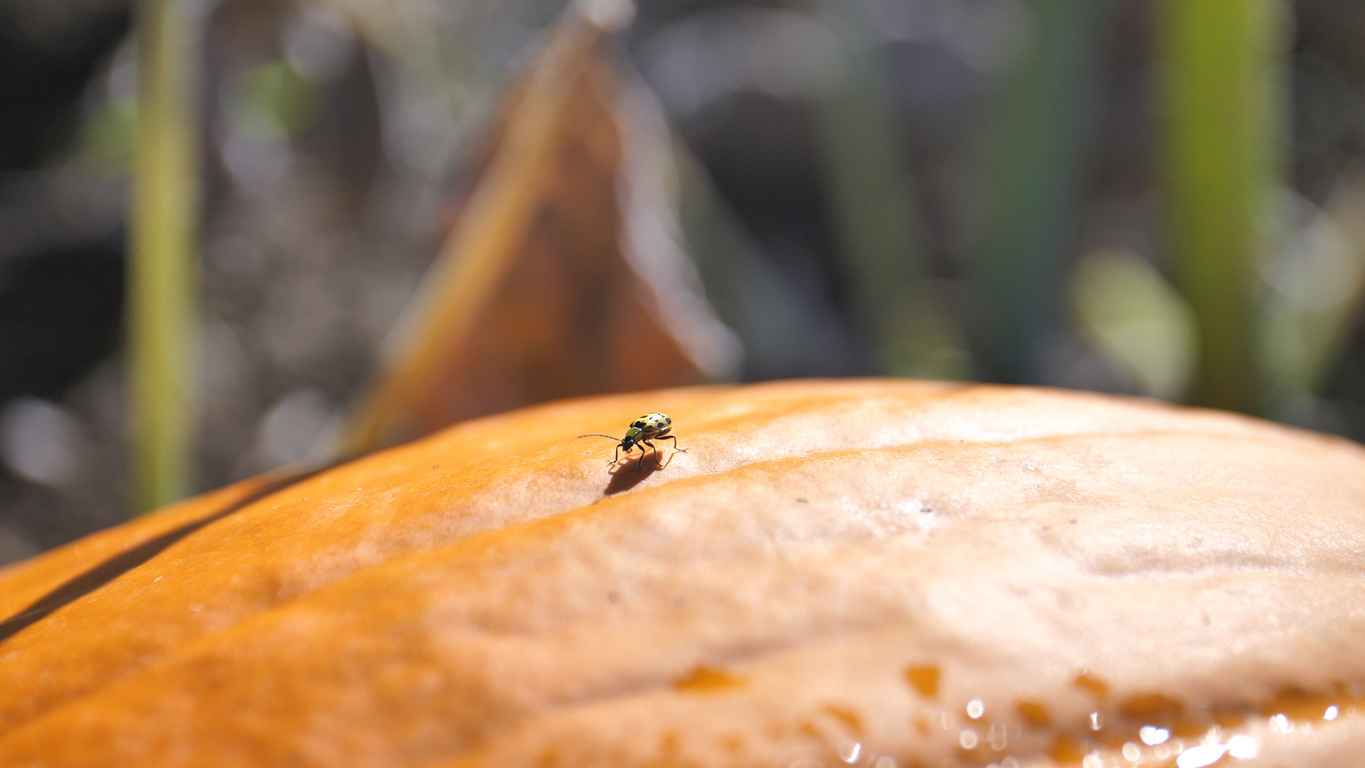
Seasonal Pest Control Tips for Fall Landscaping
October 30, 2025
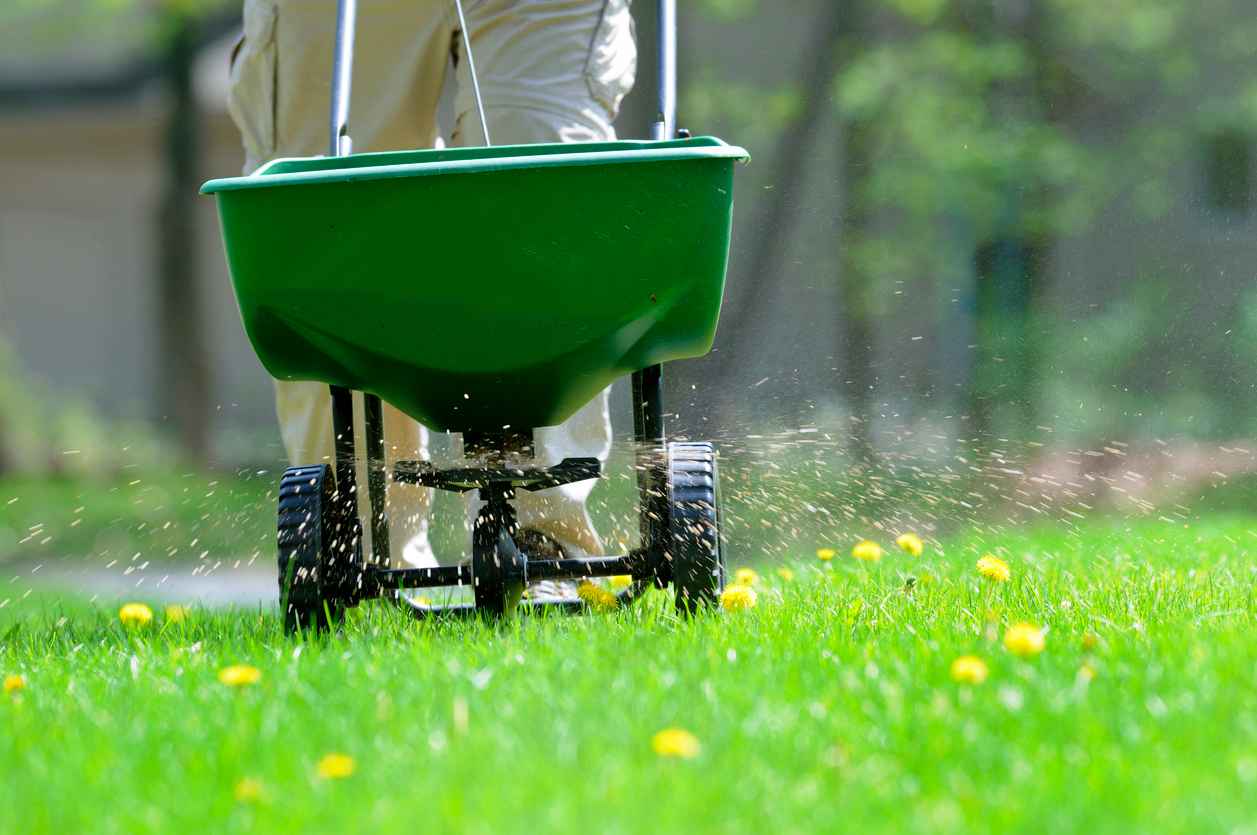
Fall Lawn Care: Fertilizing, Aeration, and Overseeding Tips
October 17, 2025
